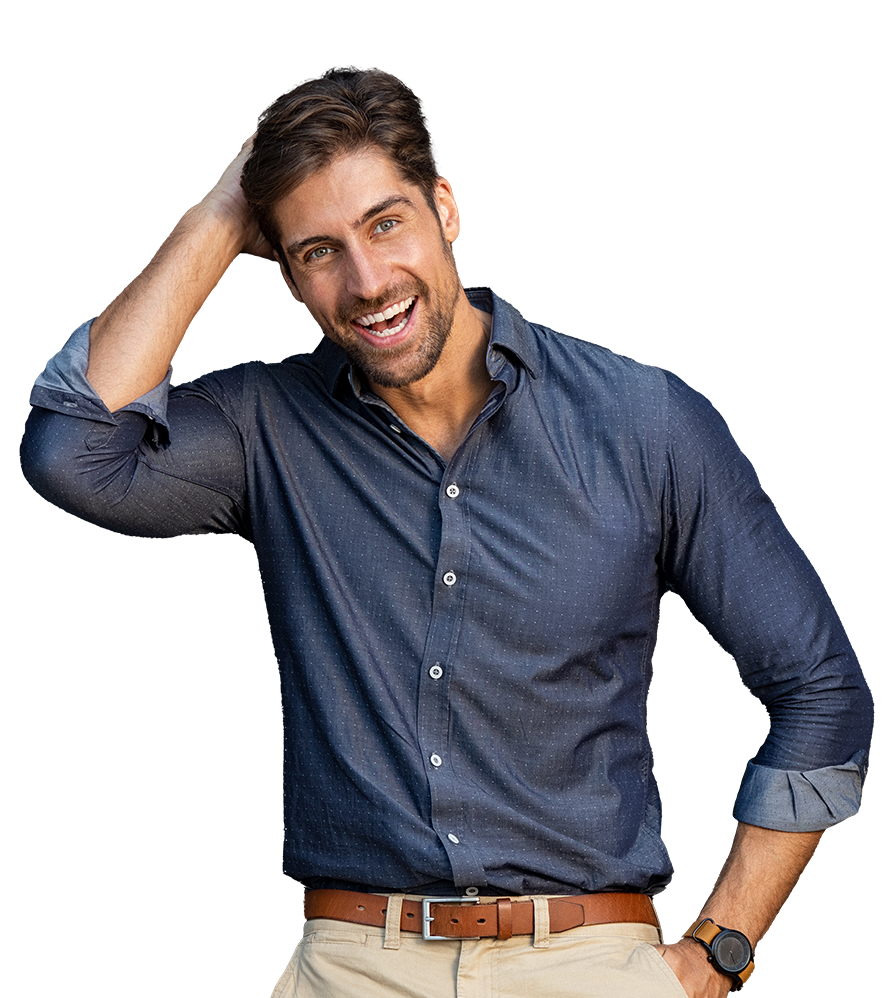To blow-dry or not to blow-dry…that is the question when it comes to healthy hair drying. You’re probably aware that prolonged exposure to hot styling tools dries out hair and leads to split ends, especially at temperatures so high they produce steam. But what if we told you that some experts believe air-drying hair could be just as damaging, if not more, than heat? The reason has to do with hair’s response to being wet.
hair drying. You’re probably aware that prolonged exposure to hot styling tools dries out hair and leads to split ends, especially at temperatures so high they produce steam. But what if we told you that some experts believe air-drying hair could be just as damaging, if not more, than heat? The reason has to do with hair’s response to being wet.
So, can air-drying really be just as bad as blow-drying? Keep reading to find out.
Does Air-Drying Cause Damage?
Before we can answer this question, it’s important to understand a bit about hair structure. Hair strands are divided into three regions — the cuticle, cortex, and medulla. In between the cuticle and cortex, there is a layer called the cell membrane complex that binds the cell membranes between the cuticle cells and the cortical cells.
When hair is wet, it absorbs water (up to 30 % of its own weight!) which makes the cell membrane complex layer swell. When this happens, it can weaken the hair over time, leading to dry, damaged hair. This is why hair is most fragile when wet. Repeated swelling and unswelling can lead to hygral fatigue – damage that occurs when excessive moisture penetrates the outer layer of your hair and reaches the inner cortex. Eventually, strands can become weak, dry, and less elastic, leading to breakage.
What’s more, the weight of wet hair can be stressful and heavy on individual hair strands and cause the hair to stretch. And during sleep, the constant contact between wet hair and your pillow creates friction which puts even more stain on hair in its most fragile state.
So, it stands to reason that because air-drying takes time, the longer hair stays wet, the more it swells and can become permanently damaged.
What’s the Best Way to Dry Hair?
Despite the risks, there are real benefits of air-drying your hair, if done correctly. When excessive and direct heat is applied, it can cause damage to the hair cuticles and the scalp. Air-drying also preserves the cuticle’s lipid layer. Exposure to prolonged heat breaks down the outer lipid layer on the cuticle, which makes hairs want to try to separate from each other, creating frizz.
Whether you choose to air-dry or blow-dry, using protective hair care products and techniques is essential.
When air-drying:
- Don’t stretch or brush hair when it’s soaked; gently squeeze as much water out as possible using a microfiber towel.
- Detangle hair with a brush intended for wet hair, starting at the ends and working your way up.
- Air dry your hair during the day instead of overnight so that it dries faster.
When blow-drying:
- Use products that protect and hydrate hair before heat styling.
- Use a diffuser and put the dryer on the lowest setting and slowest speed, about 6 inches away from your hair.
- Don’t concentrate the blow-dryer on one area; keep the diffuser moving at all times.
- Stop once your hair is about 80 – 90% dry and allow it to finish air drying.
No matter which camp you’re in, you can still suffer from hair thinning and loss. If you’re ready to make that widening hair part, receding hairline, or bald spot disappear once and for all, contact DiStefano Hair Restoration Center today.


